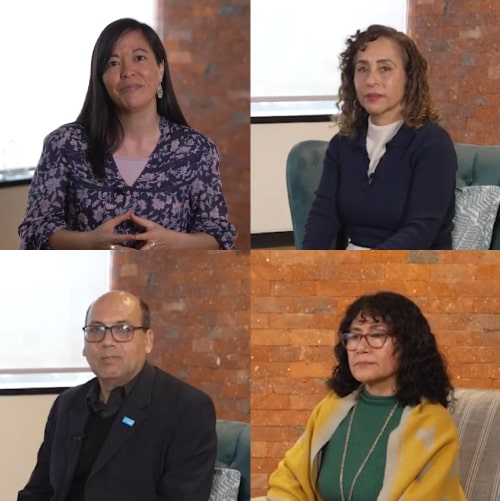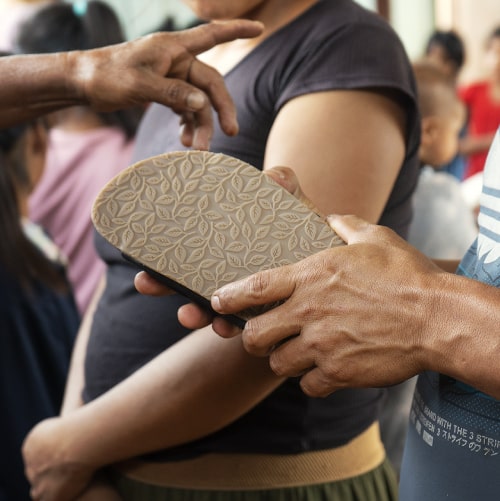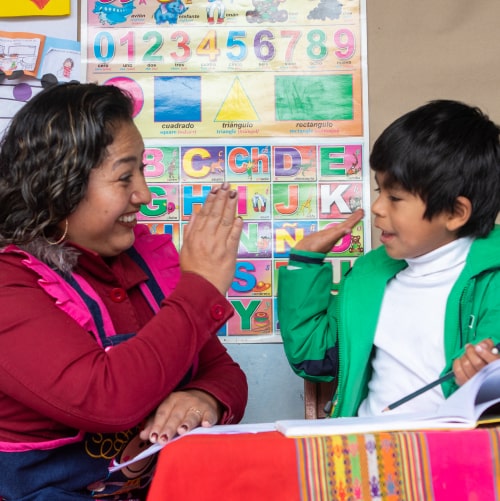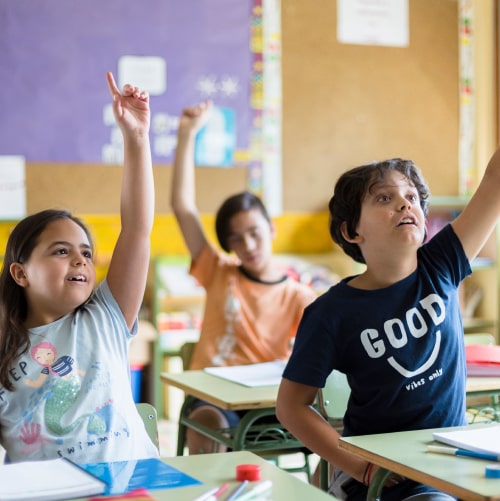What is cultural diversity? According to the Ministry of Education, it is the variety of cultures and traditions within a society that enriches its identity, fosters creativity and is essential for development. Peru stands out for its remarkable cultural diversity, evident in manifestations such as dance, music, gastronomy, popular art, traditional celebrations, textiles, medicinal practices, languages and native clothing, among other aspects.
Our country is one of the most diverse in the continent and the world, according to the Ministry of Culture. If we speak only about the indigenous population, Peru is considered the third country with the largest indigenous community in the region, given that it has an average of more than 4 million indigenous people over the age of 5.
Nowadays, given that the increase in migratory flows is greater, it means that people from different cultures or backgrounds live with each other, allowing mutual enrichment. However, we cannot ignore that there are some discriminatory behaviors that affect populations and their good coexistence.
Cultural diversity: Actions that teachers can apply in the classroom
In order to reduce discrimination and racism, which cause division among Peruvians, it is important that teachers keep in mind the intercultural approach presented by the national curriculum and promote respect for cultural diversity in our students and confront discrimination and promote the valorization of different cultural identities.

Here, we offer a mini guide for teachers that will be useful in classrooms:
Recognizing and valorizing cultural identities
In the schools, it is crucial that we recognize and valorize these cultural identities. This implies not only teaching about the different cultures present in the classroom, but also celebrating them and sharing their manifestations.
For example, teachers can identify the origin of their students and their parents, taking this opportunity for learning and exchanging, where students can learn about multiple topics in relation to places of origin or provenance: traditional medicinal practices, indigenous languages or local festivities, which not only enriches their cultural understanding, but also strengthens their identity and respect for others.
Generating inclusive venues and activities
In order to promote an inclusive environment, teachers can design activities that encourage the participation of all students, regardless of their cultural origin. This could include organizing cultural exhibitions where each student shares aspects of their home culture (theirs or their parents’), thus creating an enriching exchange of knowledge and experiences.
Furthermore, it is fundamental to consider the intercultural approach, to integrate it into the sessions, to consider the value of linguistic and cultural diversity, and the importance of maintaining and promoting the mother tongue.
Taking action against exclusion and mistreatment
Discriminatory behaviors can manifest themselves in schools through mockery, stereotypes or the exclusion of those students who are perceived as culturally different. It is the responsibility of teachers to identify these situations and act immediately and decisively to stop them.
This implies establishing clear norms regarding respect for cultural diversity from the beginning of the school year, as well as educating students to recognize and value the differences as opportunities for mutual learning.
In this sense, it represents an invaluable treasure that enriches societies, fosters creativity and is fundamental for comprehensive human development. Promoting it from the schools implies recognizing and valorizing these cultural identities, celebrating and sharing the cultural diversity present among the students.
We invite you to follow these and other pieces of advice to highlight cultural diversity in the school environment in the fifth season of our series “Strengthening Socio-Emotional Skills“.









